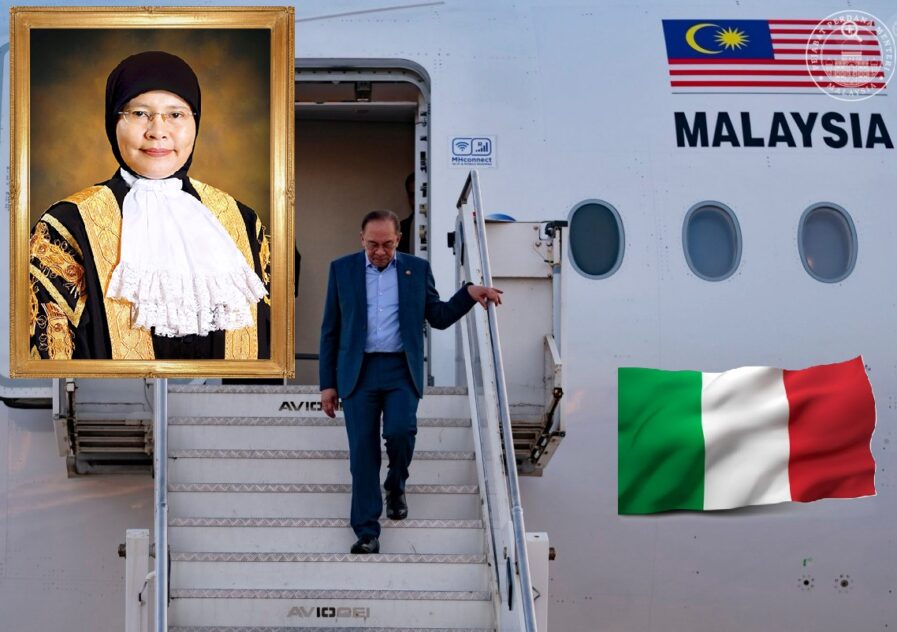IF the Taliban had wanted to rule Afghanistan – most of it an extension of the Hindu Kush in the Himalayas – it had many opportunities in the last two decades.
Yet, it showed no interest. Instead, it waited until the United States (US) was down to a small number of troops at the airport before seizing the government of Kabul by force.
For international laws, that is a big no-no.
Sovereignty resides in the people. A government must have legitimacy based on the consent of the governed. That can only happen through free, open and fair multiparty elections observed by the international community and the United Nations (UN).
Already, according to media reports, the Taliban have been unable to occupy Panjshir Valley, largely contiguous with Panjshir Province.
The National Resistance Front of Afghanistan, also known as the Panjshir resistance and the Second Resistance, has based itself in the province.
It is a military alliance of former Northern Alliance members and other anti-Taliban fighters who remain loyal to the Islamic Republic of Afghanistan (de jure or officially sanctioned).
The resistance has called for an ‘inclusive government’.
That may be the way forward. The government remains disputed between the fallen administration in Kabul and the Taliban de facto (unsanctioned) Islamic Emirate of Afghanistan.
The country, throughout history, has never been a nation.
It remains a patchwork of tribes occupying provinces run by warlords who have no love lost for the Taliban.
Afghanistan is known as the ‘graveyard of empires’ for a reason. Geographically, it’s difficult country.
Therein lies the future of Afghanistan. The past, like before, was no different. It’s the perfect hiding ground for terrorists.
Now that the Taliban, listed by the UN and its member states as a terrorist organisation, has seized Kabul unelected, it will face the full wrath of the international community.
Already, at the behest of Washington, the International Monetary Fund (IMF) has withheld funds maintained by Afghanistan with the international monetary body and denied funds requested.
The Taliban government of Afghanistan isn’t recognised by the UN and the world.
The World Bank will forget Afghanistan until there’s legitimacy.
Washington, the UN and the international community will probably place Afghanistan under the sanction’s regime. It appears there’s no end to the suffering of the people.
The Afghan currency may not even be worth the paper it’s printed on. Smuggling and the black market will enter the economy.
There may be parallels between Afghanistan and South Vietnam. Both countries fell to ‘enemy troops’ when US troops left.
America isn’t leaving Afghanistan after being defeated by the Taliban. That’s flawed thinking!
In the region, the US won the Kuwait and Iraq wars, levelled Libya and Syria, and has been party to levelling Yemen.
Earlier, during the Bosnia-Herzegovina civil war which was ended by the Dayton Peace Accord on Dec 14 in Paris, the US launched cruise missile attacks against Belgrade and forced it to vacate the Muslim-majority Kosovo province in Serbia.
America went to Afghanistan for the second time about two decades ago.
It rooted out the Al-Qaeda terrorist network, killed its founder Osama bin Laden who was behind the 911 attacks in the US, and in two months took down the Taliban government which allowed its soil to be used for terrorist activities.
The US almost destroyed the poppy fields before easing off.
After the mission was accomplished, America continued to stay in Afghanistan and kept the peace.
It’s true that the right hand in Washington doesn’t know what the left is doing. Yet, America is a country that ‘researches virtually everything to death’.
Afghanistan went on to hold multiparty elections during the last two decades, experimented with democracy and embarked on nation-building.
US troops, after having kept the peace in Afghanistan for two decades, could have stayed in the country.
However, for reasons unknown, Washington decided to pull out its troops. It didn’t guarantee Afghanistan’s continued security before leaving.
Washington could have warned the Taliban against marching on Kabul but did not do so. It could have provided air cover for the 350,000 strong Afghan army.
Again, it failed. Washington only ordered drone strikes in eastern Afghanistan after the Islamic State of Iraq and Syria based in Khorasan Province (ISIS-K) allegedly sent a suicide bomber against US troops and locals gathered outside the wall at Kabul International Airport. ISIS-K and the Taliban are rivals but may not engage in a struggle for political power.
The Afghan Army did not want to fight another bloody war, after 20 years, for the country. It simply melted away before Kabul into the countryside and across the border into neighbouring countries.
If US troops can remain in Germany and Japan since World War II and South Korea since the Korean War, they could have continued to stay in South Vietnam and Afghanistan.
Vietnam had a happy ending by become a strong US ally.
France made the grave strategic error of not leaving Vietnam after World War II. Instead, it got the US involved in the Vietnam War for 30 years.
Unlike South Vietnam and South Korea, the prognosis may not be good on Afghanistan. – Aug 30, 2021









